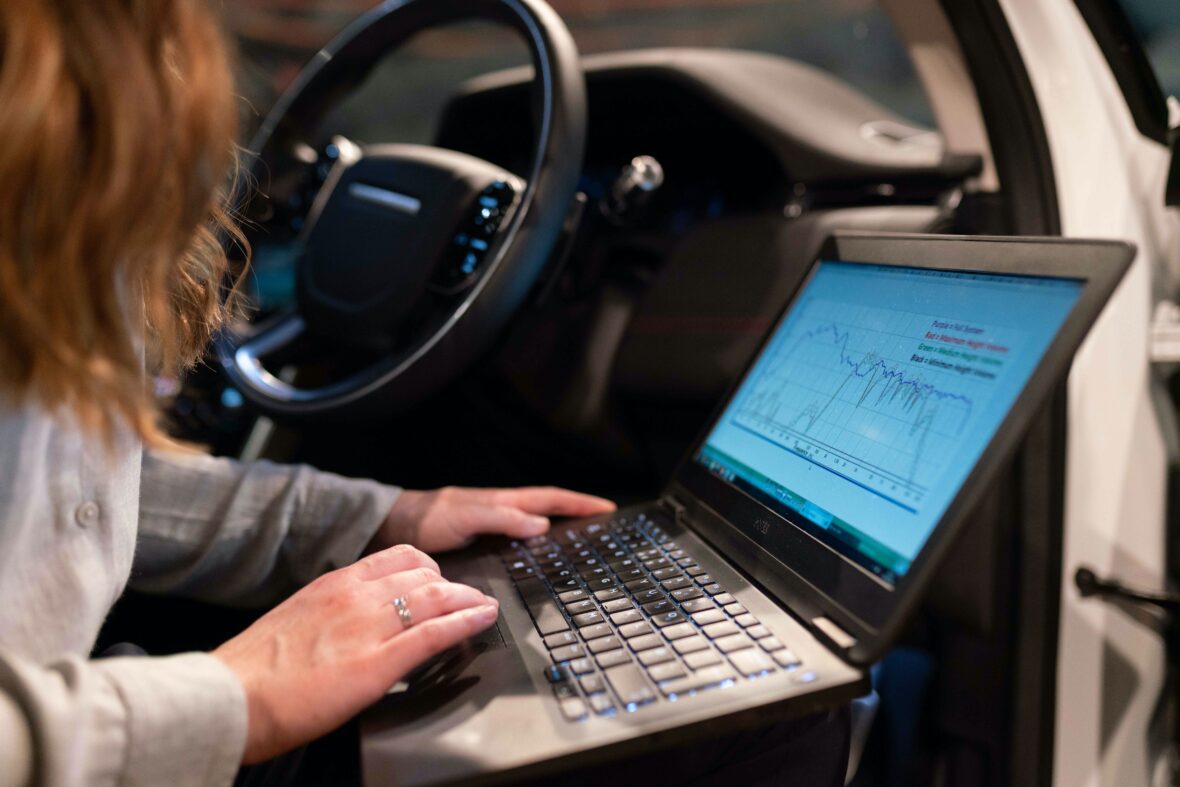Back in 2016, when the Obama-era Department of Transportation issued its original automated vehicle safety guidance, part of the voluntary framework was the publication of safety reports by the companies developing these systems. In October 2017, Waymowas the first company to publish its report, followed by General Motors in early 2018. The latest company to publish its report is Ford.
While Ford’s first commercial deployments are expected to be two years behind Waymo and GM, with production launching in 2021, the automaker is following much the same path as its competitors. In fact, the full report which is available online also follows much the same template as the GM and Waymo reports.
From a read through of each report, it’s clear that the primary goal is to build trust in the technology among the general public. In fact, Ford titled it’s report “A Matter of Trust.”
The FAQ section even includes the question “I heard of a self-driving test vehicle that struck and killed a pedestrian. How can Ford be sure that, won’t happen with their vehicles? Will I be safe if I live in a city with self-driving cars?” in reference to the March 2018 incident involving an Uber automated prototype. The section describing Ford’s partnership with Argo AI also details the extensive training process for the safety operators that are ready to take over if anything goes wrong with a test vehicle.
Like the earlier reports, the Ford document opens with the reasoning behind why automated vehicles are being developed in the first place, such as making cities in an increasingly urbanized world more livable and safe and enabling mobility for all. Given that many people consider Ford a relative latecomer to the automated driving space, a timeline highlights the company’s involvement in the DARPA Grand Challenge program which ultimately spawned many of the other current programs including Waymo.
Just as GM did, Ford tries to set itself apart from the upstart players trying to grab a slice of the automated driving business by emphasizing it’s century long experience in designing, validating and manufacturing vehicles that are safe and reliable. To that end, Ford like the others is implementing a full range of redundant systems including overlapping sensor types, multiple independent compute platforms and redundant actuators for steering and braking.
Of course having that experience is no guarantee that when automated cars are deployed commercially, they will be entirely safe. In much more recent times we’ve seen almost every automaker affected to some degree by faulty airbags, ignition switches and many other safety flaws in systems that are far less complex than an automated driving system.
At least Ford and other companies are thinking many of the new risks that may potentially threaten this new breed of vehicles such as cybersecurity vulnerabilities. The Ford report goes into some of the ways it and Argo are trying to mitigate any potential threats.
Business and usability challenges of automated vehicles are also covered sections about the user experience testing that Ford has conducted including having a Transit Connect with a variety of alert lights being driven around by someone in a “seat-suit” and the pizza delivery tests with Dominos.
Ultimately all of these reports are promotional materials for the technology as much as they are technical safety documents. However, anyone interested in learning more about how automated driving systems work and how they are being developed should probably download a copy and give it a read.
The Ford report can be found at
https://media.ford.com/content/dam/fordmedia/pdf/Ford_AV_LLC_FINAL_HR_2.pdf
Sura: forbes.com

